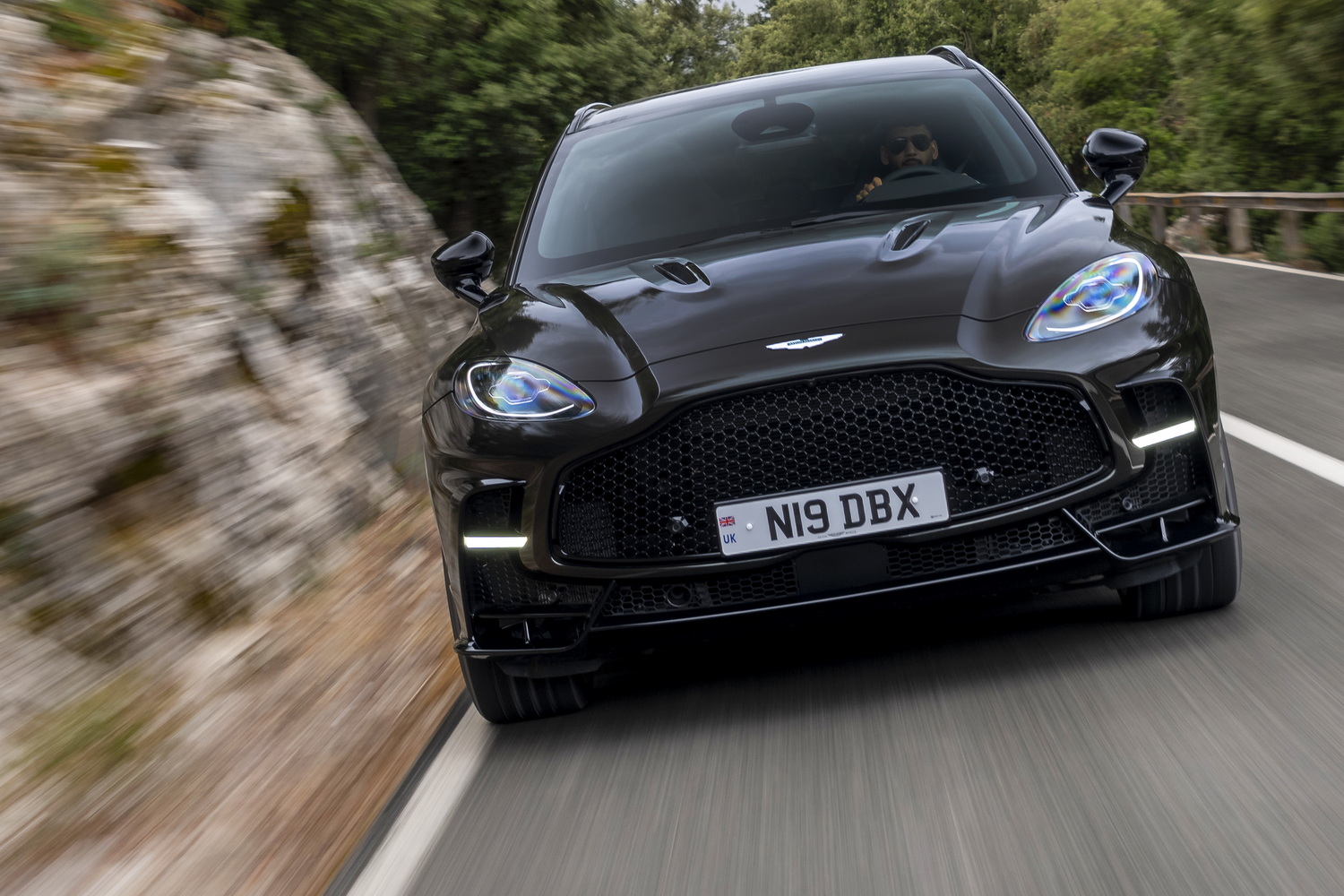Published on October 1, 2025
Introduction to the 2025 Aston Martin DBX S
We may associate the Aston Martin brand with a long line of GTs and sports cars, but the reality of doing business in the car world today is that you need at least one SUV in the lineup to survive, and the DBX has been just that for the British brand since it was launched in 2020. Now there’s a new version, the DBX S.
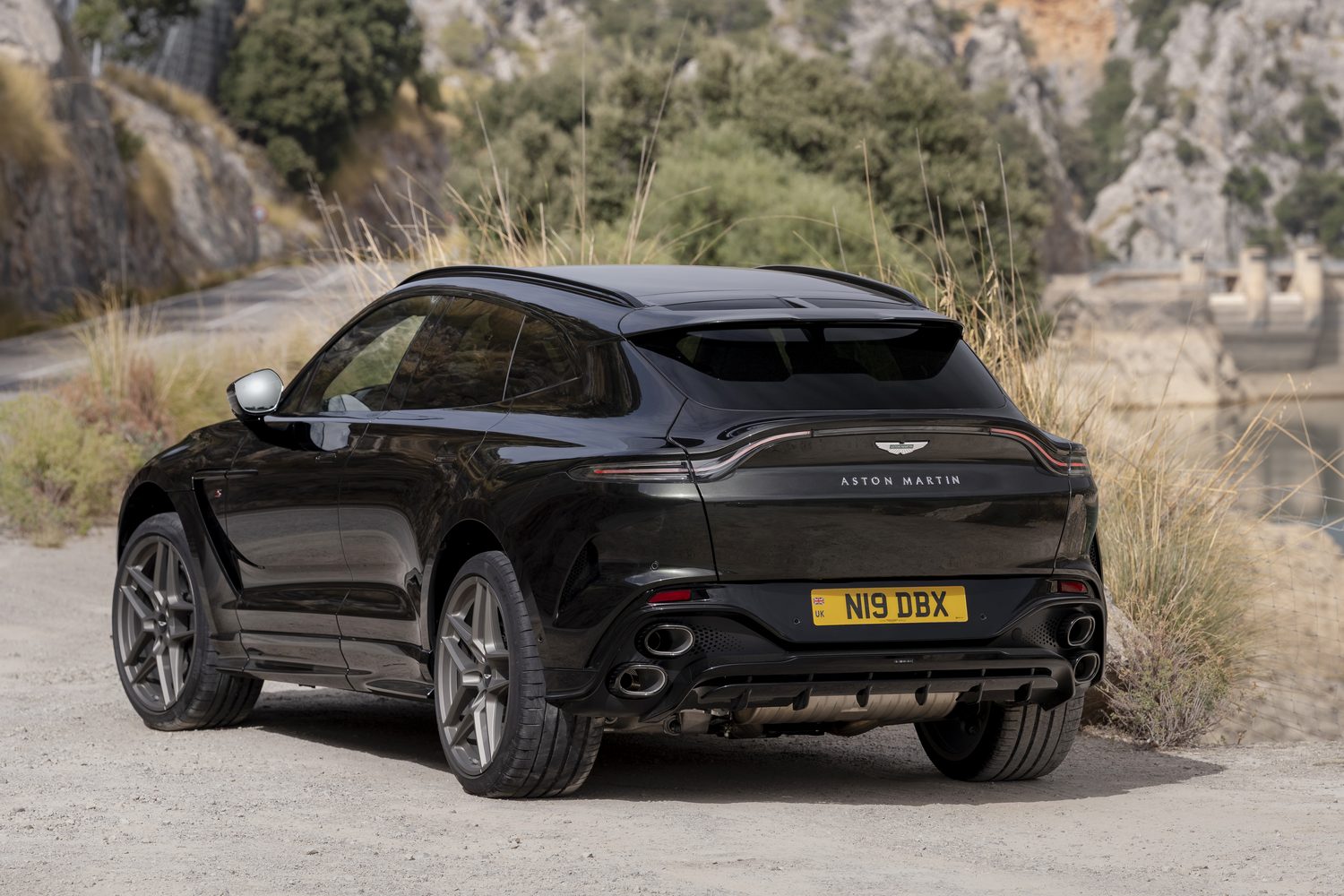
Aston Martin is attempting to differentiate itself from other high-end carmakers by focusing on performance, and the ‘S’ indicates its intentions for the DBX. The DBX707 launched in 2022 is hardly a soft blancmange of a luxury car, but the new one is designed to be even more driver-focused with more performance and ability. Our first chance to sample the DBX S was at the car’s international media launch in Mallorca.
Pros & cons of the 2025 Aston Martin DBX S
Pros: Classy image, improved interior, brilliant to drive
Cons: Thirst, cost of desirable options
Exterior & design of the 2025 Aston Martin DBX S
• Subtle exterior tweaks for the S model
• Carbon-fibre roof and more optional
• Stunning 23-inch magnesium wheels available
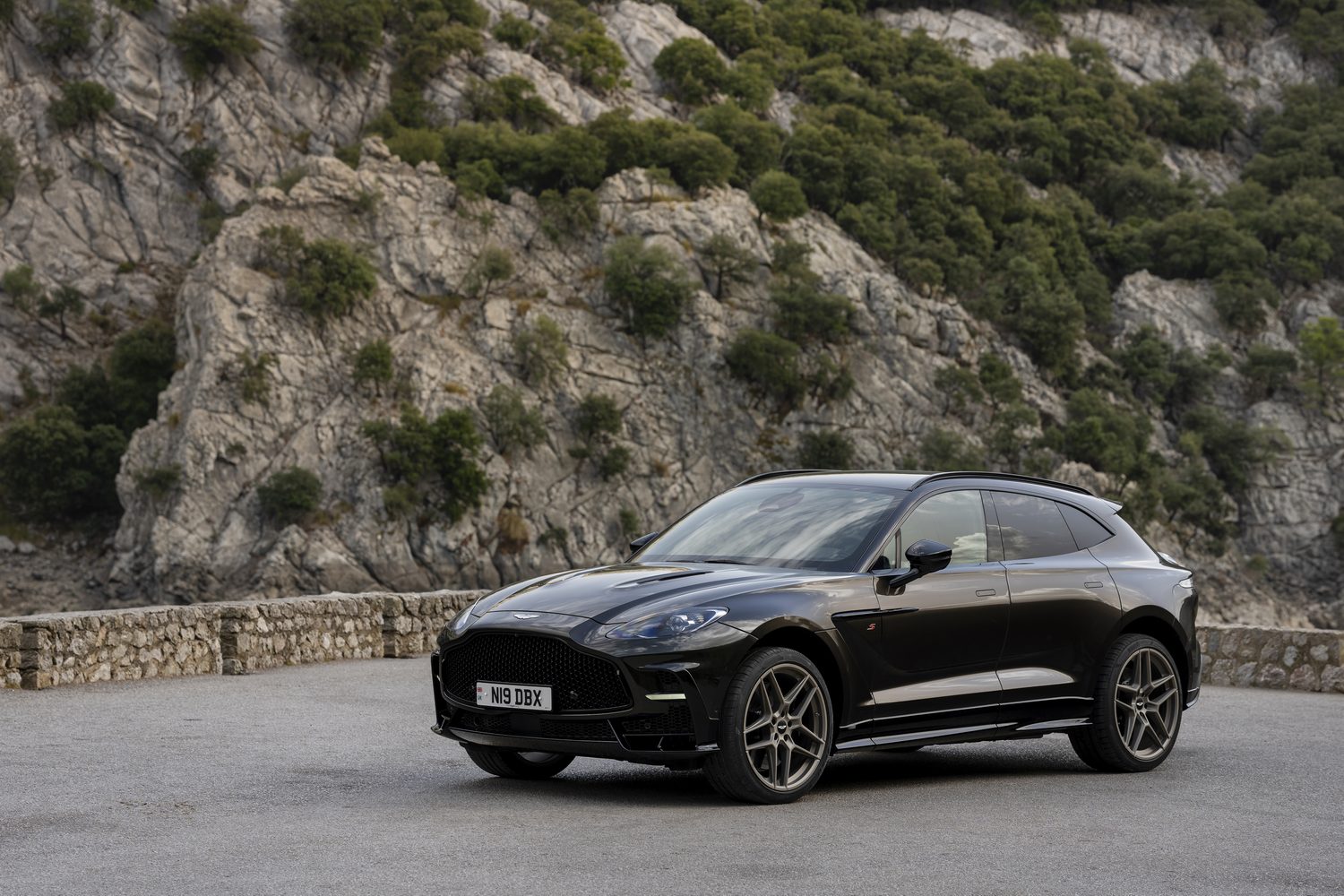
Even before you consider enlisting the bespoke services of Aston Martin’s ‘Q’ division, the DBX can be configured every which way in terms of its exterior appearance. If you really want a bright and garish paint colour, it’s there for the taking, as is lower pinstriping in red, silver or green. Equally, the S can be specified so subtly you’d hardly notice any difference between it and the existing DBX707.
For the record, the front grille is new on the S model (and there’s an optional lightweight one also available), as is the style of the lower front bumper, allowing more air into the more powerful engine behind. The design also reduces aerodynamic lift at speed.
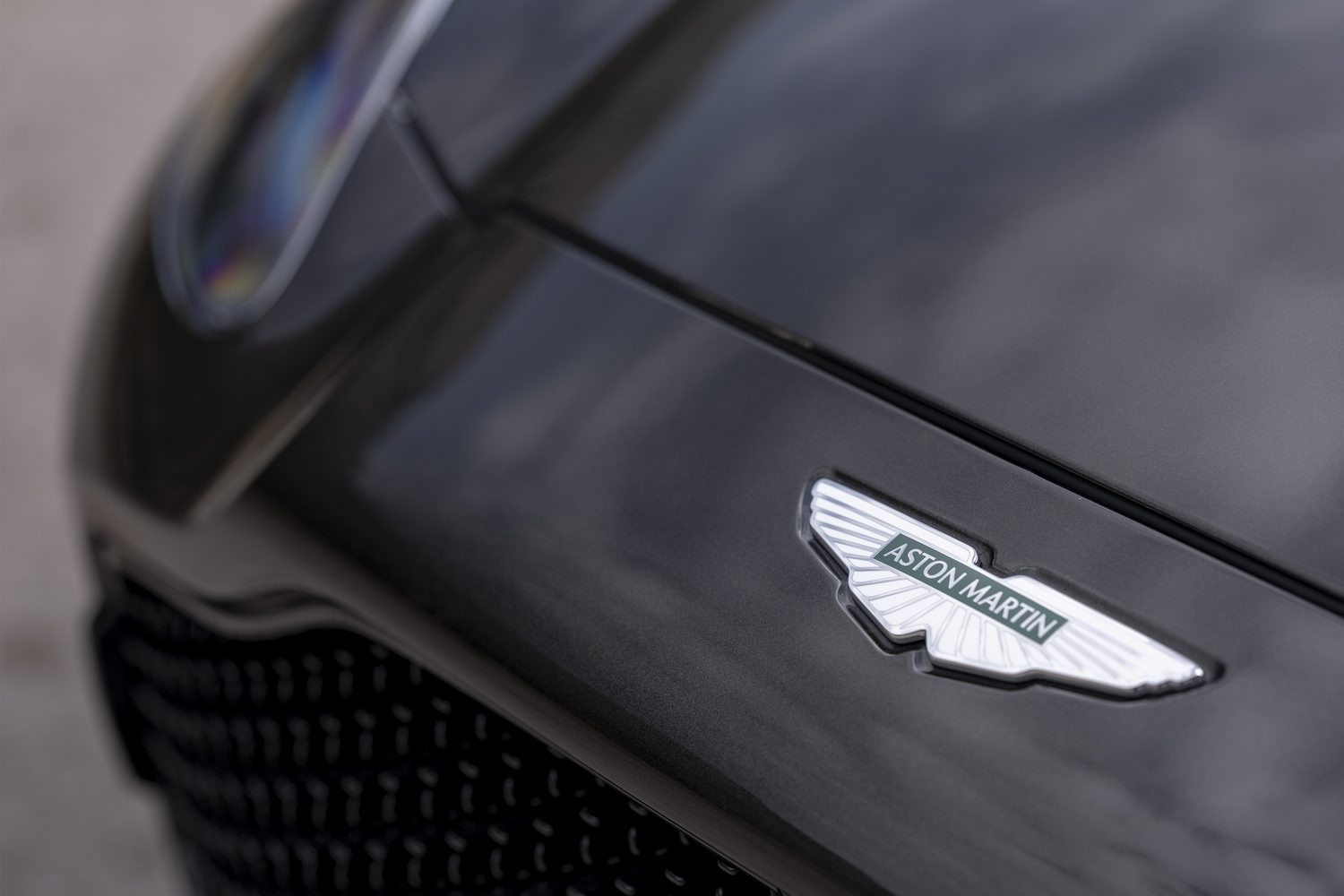
This is balanced at the rear with a new aerodynamic diffuser as part of a redesigned lower bumper area. There you’ll spot the new twin-exit exhaust outlets, which are ‘stacked’ on either side of the car.
It’s hard to miss the red “S” badges ahead of the front doors, but the redesigned side sills aren’t too obvious, and apparently, they have an aerodynamic function to go with their new form. They, like lots of the exterior parts, can be had in carbon fibre.
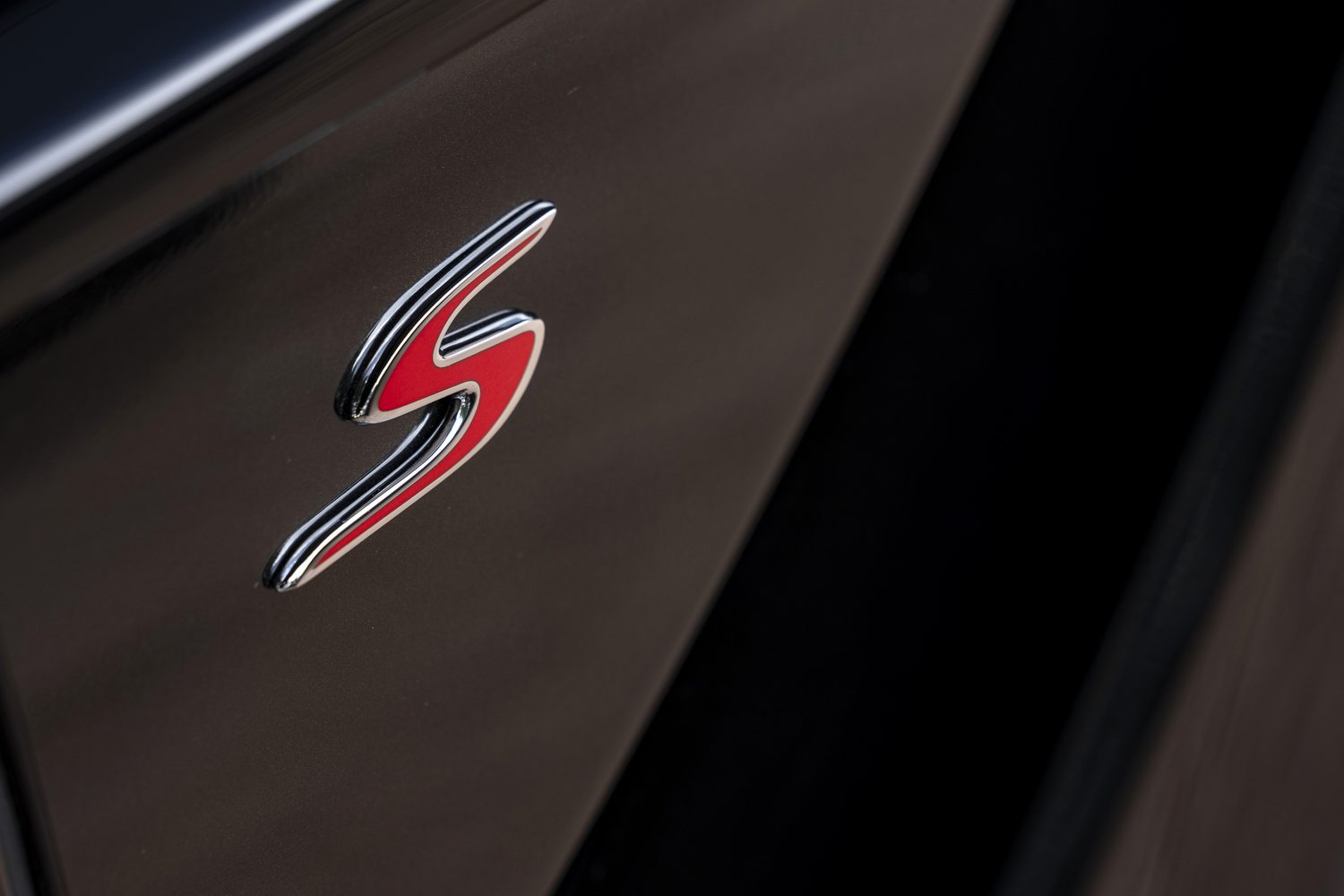
The DBX S’s dimensions are:
Length: 5,039mm
Width: 2,154mm (mirrors folded)
Height: 1,680mm (including roof rails)
Wheelbase: 3,060mm
Last, but far from least is the new magnesium wheel option. Like the standard forged alloy rims, they’re 23 inches in diameter, but they save a massive 19kg in ‘unsprung’ weight. That may not sound like a lot on a car weighing over two tonnes, but it allows the suspension to work more efficiently, theoretically to the benefit of both roadholding and ride comfort. Oddly, the roof rails are removed from the specification by default if you choose the magnesium wheels.
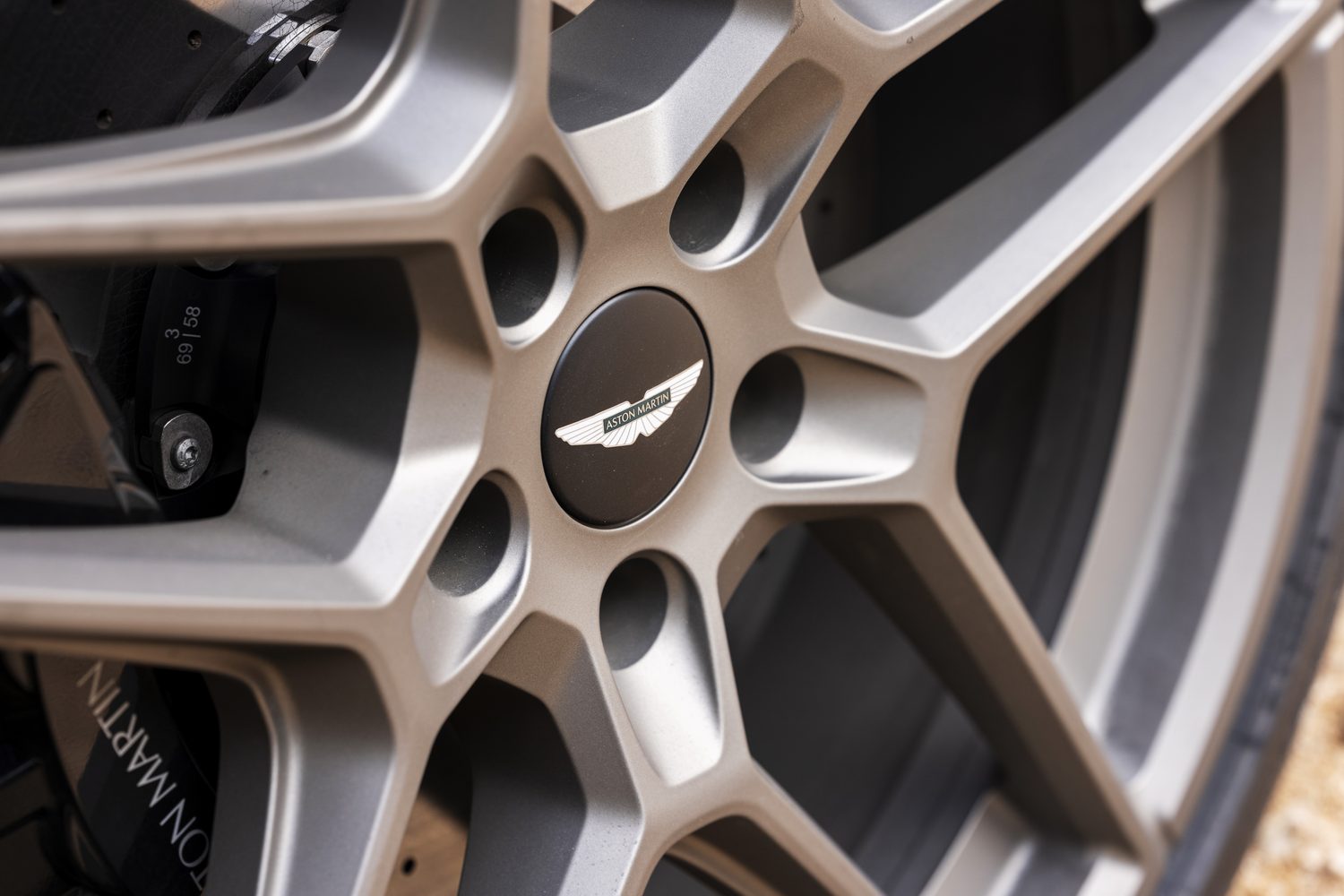
A further 18kg can be reduced from the DBX S’s weight if you go for the carbon-fibre roof option. This replaces the standard panoramic glass panel and again, while the overall weight reduction is small relative to the weight of the car, this does bring the centre of gravity down, to the benefit of dynamics.
Interior, practicality, tech & comfort of the 2025 Aston Martin DBX S
• Adopts new controls from other Astons
• Loads of high-quality, physical switchgear
• Features new Apple CarPlay Ultra system
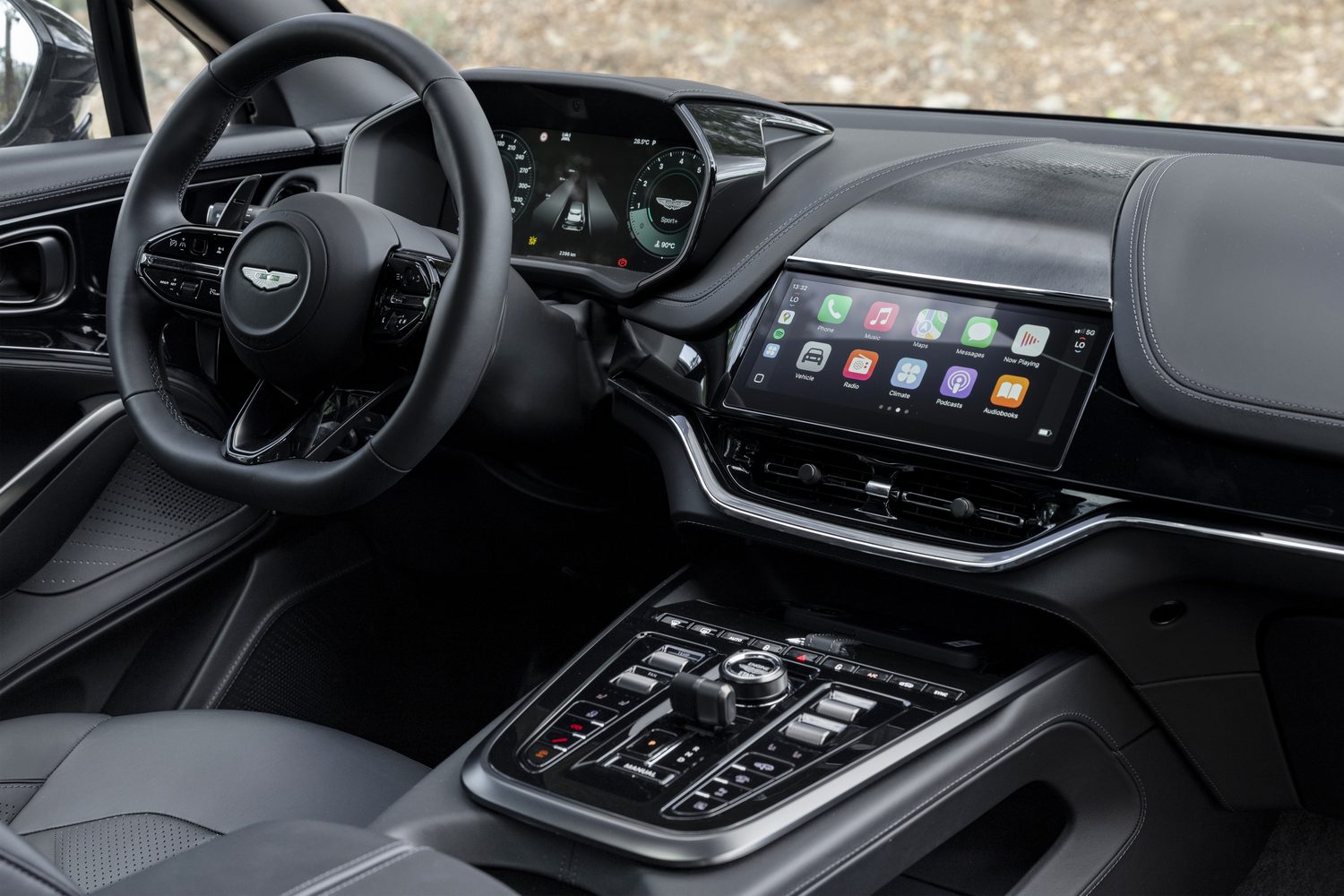
The interior upgrades that come as standard on the DBX S are minimal, extending to special Alcantara trim throughout and treadplates on the door sills. The seats do get a classy herringbone pattern and embossed “S” badging, but few Aston Martin buyers stick with the default specification. Incidentally, if you go for the optional carbon-fibre roof, then that herringbone patterned Alcantara will be found in the headlining as well.
As before, the interior of the DBX has loads of space front and rear, plus a sizeable boot.
This was our first opportunity to try out a DBX with Aston Martin’s new digital architecture, extending to a smart 12.3-inch digital display for the driver and a 10.25-inch touchscreen in the middle of the car.
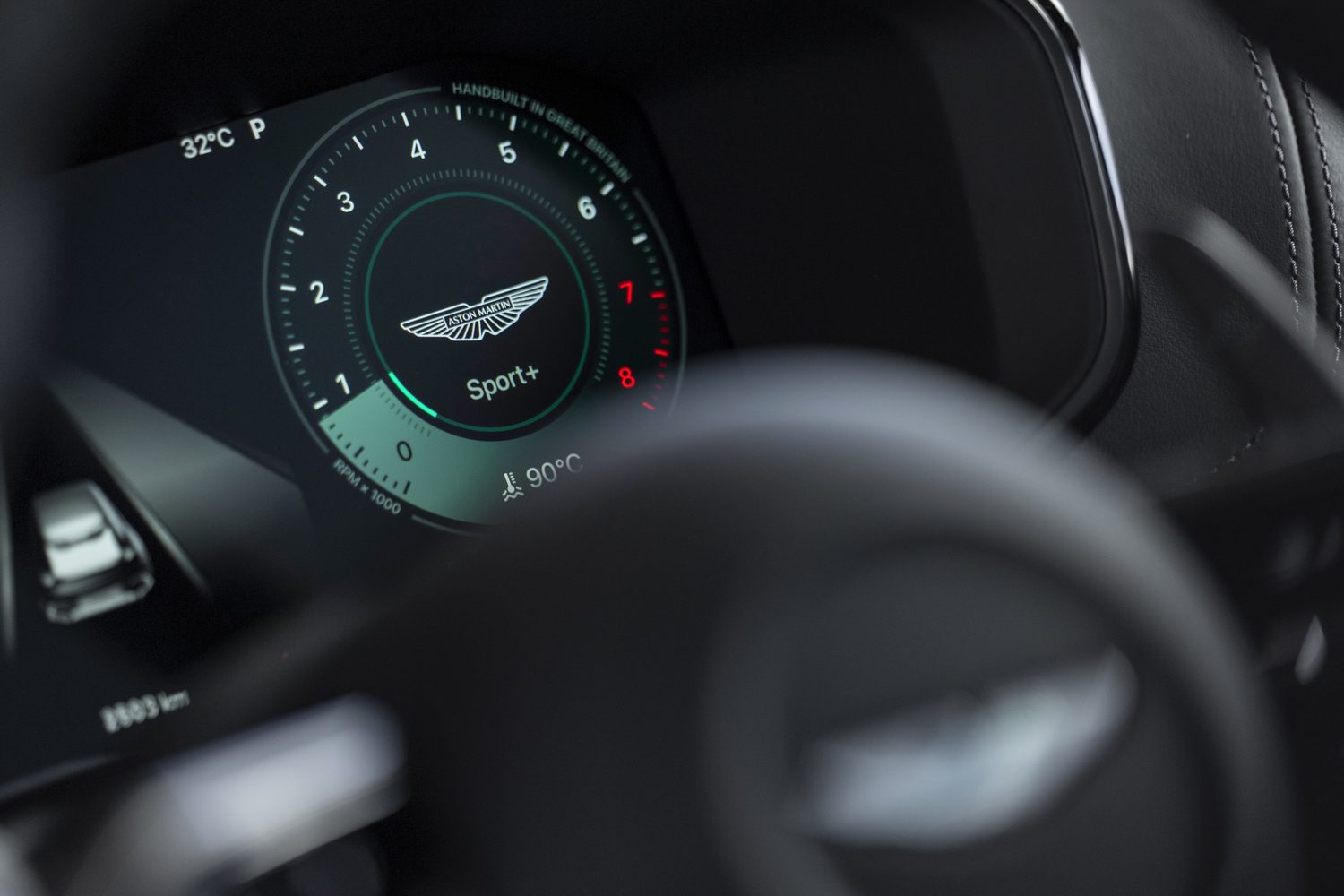
Aston Martin is the first carmaker to adopt the new Apple CarPlay Ultra system, too, and it was fitted to the DBX S under test. It neatly integrates with the car’s own infotainment, effectively taking over the digital instrumentation and the touchscreen, and it certainly looks sharp.
Shame that the Google Maps navigation instructions could not be shown in front of the driver, though – apparently, they are if you use Apple Maps…
Regardless, as we’ve experienced in other Aston Martins with its new dashboard design, there isn’t as much reliance on the touchscreen as there is in some cars. Which we wholeheartedly approve of.
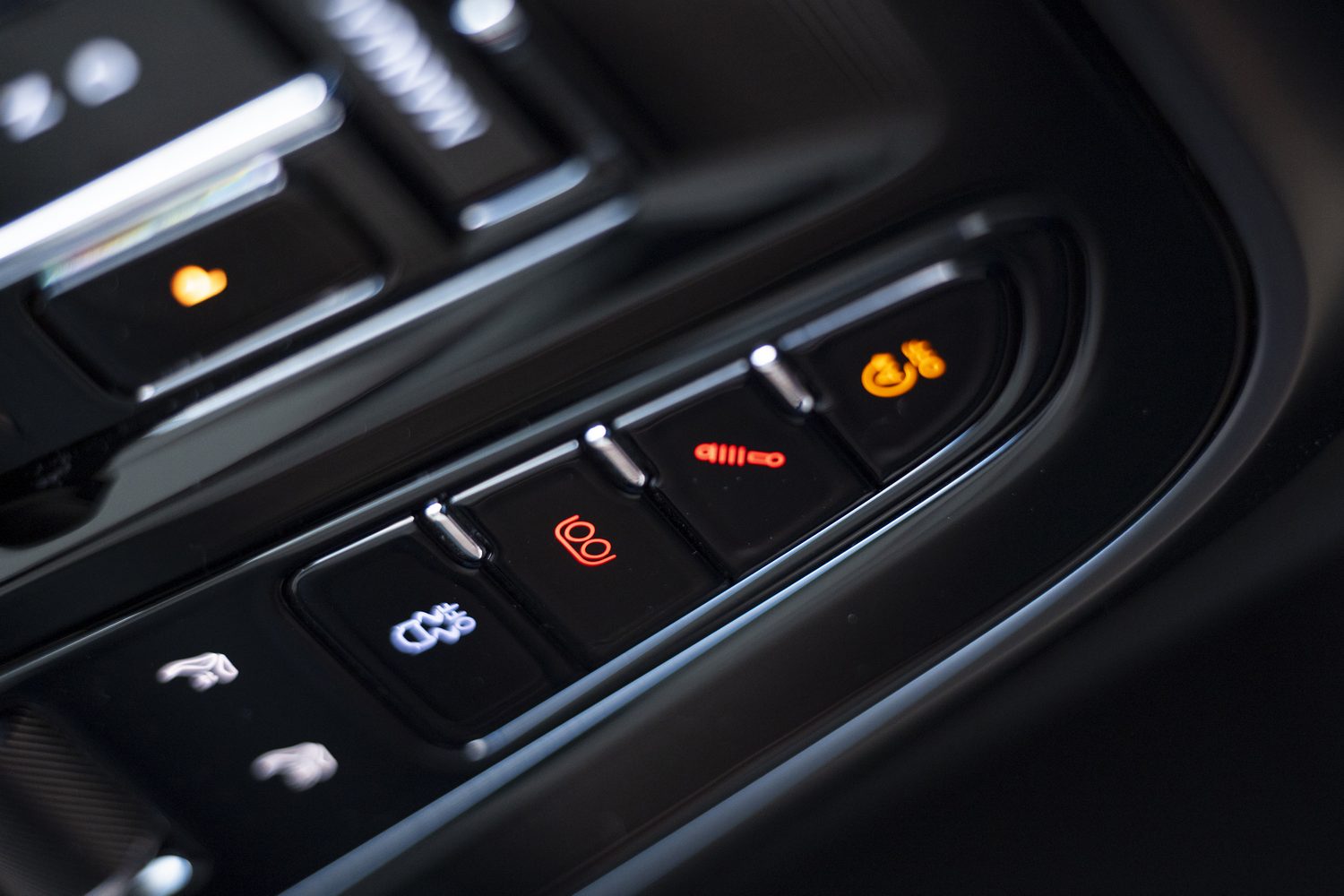
Not only is the DBX’s centre console crammed with physical controls, from buttons to knurled rollers, they’re wonderfully tactile, too. The solidity of the drive-mode rotary dial and the drive selector itself is a major highlight, and very much in keeping with this car’s elevated price tag.
From the driver’s perspective, the leather-trimmed steering wheel is great to hold (though why it needs a flattened bottom is beyond us), and the metal gearchange paddles behind are also a joy to use.
Performance of the 2025 Aston Martin DBX S
• Supercar performance and sound
• Sophisticated suspension technology
• Very natural and engaging to drive
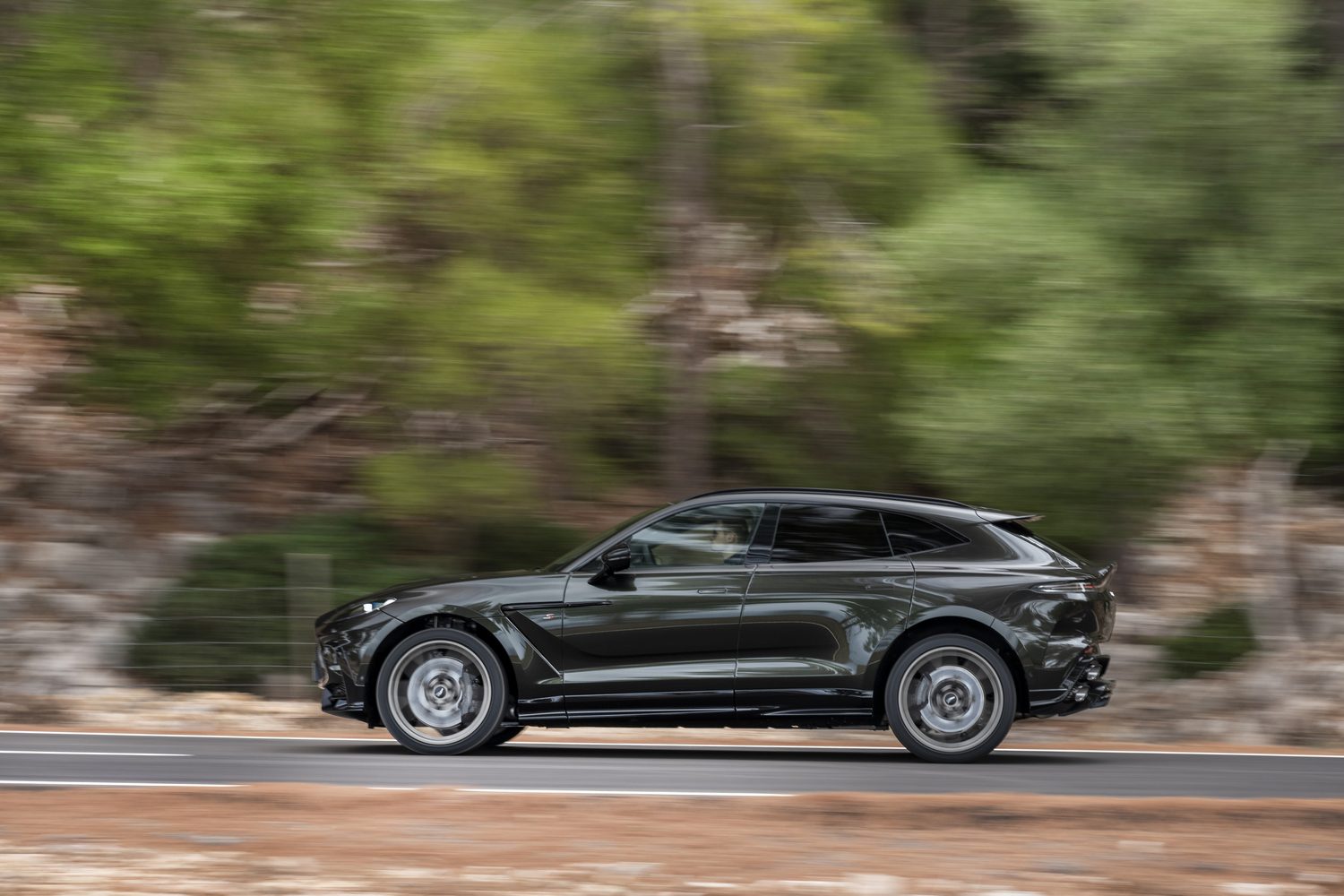
The Aston Martin DBX has always been a bit of a star to drive, certainly among other high-end SUVs. The DBX707 ramped that up and is even capable of lapping a tricky race circuit with aplomb. And yes, we know that sounds ridiculous.
Now, the “S” badge indicates that Aston Martin has further developed the car’s high-performance character, supposedly to appeal to keen drivers. That’s very much Aston’s schtick these days; instead of going after luxurious models from Bentley, for example, it’s citing Lamborghini and Ferrari as its real competitors – and McLaren, presumably, when it gets around to launching an SUV.
The thing is, the DBX S doesn’t get a drastic overhaul in the chassis department. Aston Martin quietly updated the suspension of the DBX707 last year, and those changes are carried over here, amounting to recalibrated adaptive damping and air suspension. It also features a 48-volt, anti-roll system and massive carbon-ceramic brakes as standard.
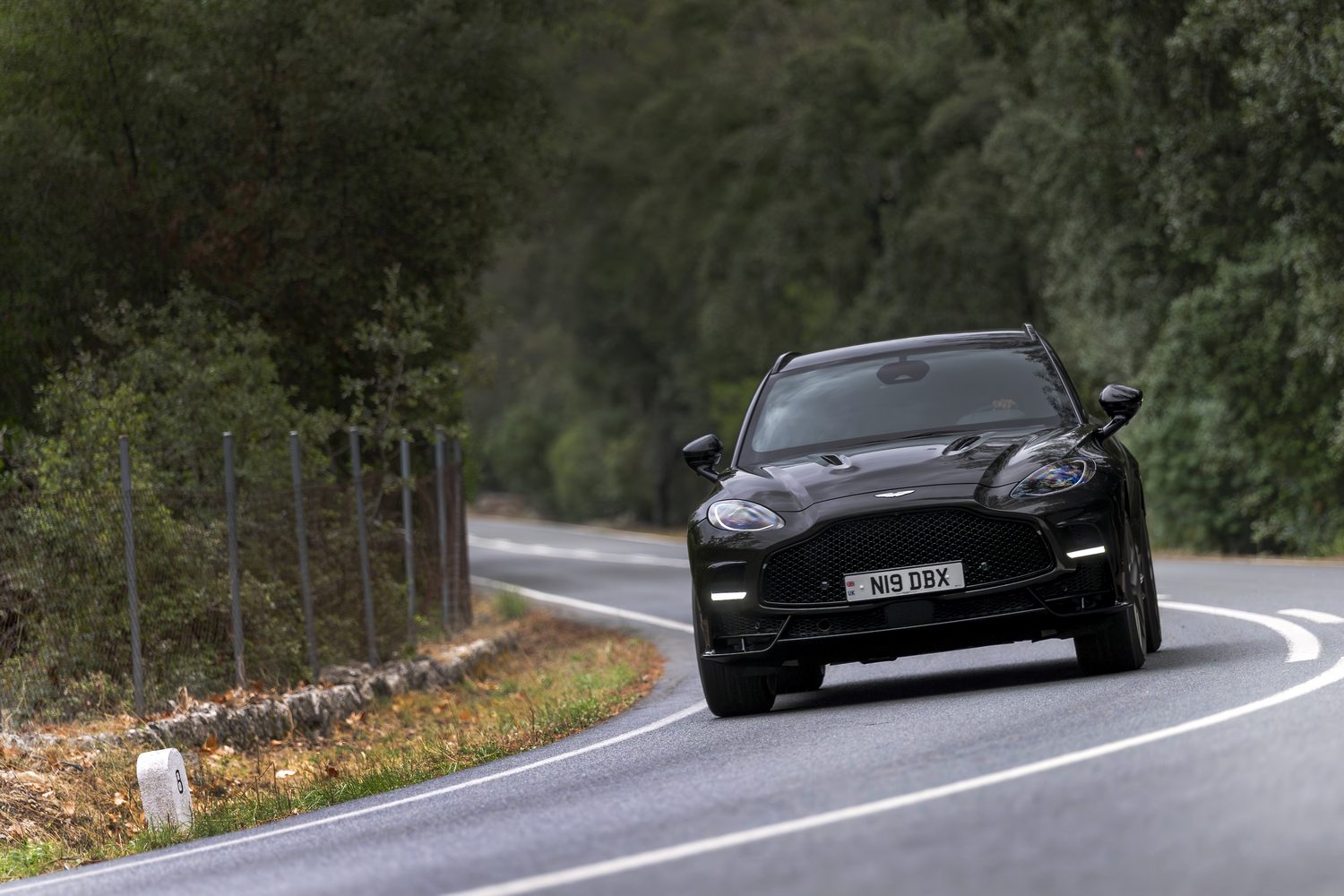
Subtly, Aston has sped up the steering rack for the DBX S, making it a little more responsive to inputs at the wheel. Without driving the 707 back-to-back, it’s probably not reasonable to suggest we could detect the difference, but the S’s steering is undoubtedly a highlight of the driving experience. There’s no slack in the system, and the weighting and feedback are well judged.
That phrase applies to much of how the DBX S drives, as the brakes are simply excellent when you’re pushing this big, heavy SUV up and down a twisty mountain road, yet also easy to modulate at low speeds.
Same story with the nine-speed automatic gearbox. Left to its own devices, it’s smooth and quick-changing when you’re in the default GT driving mode, while its ferocity ramps up in the Sport and Sport+ settings and there’s real enjoyment to be had from pressing the “Manual” button and taking full control of the gearchanges using the big paddles behind the steering wheel.
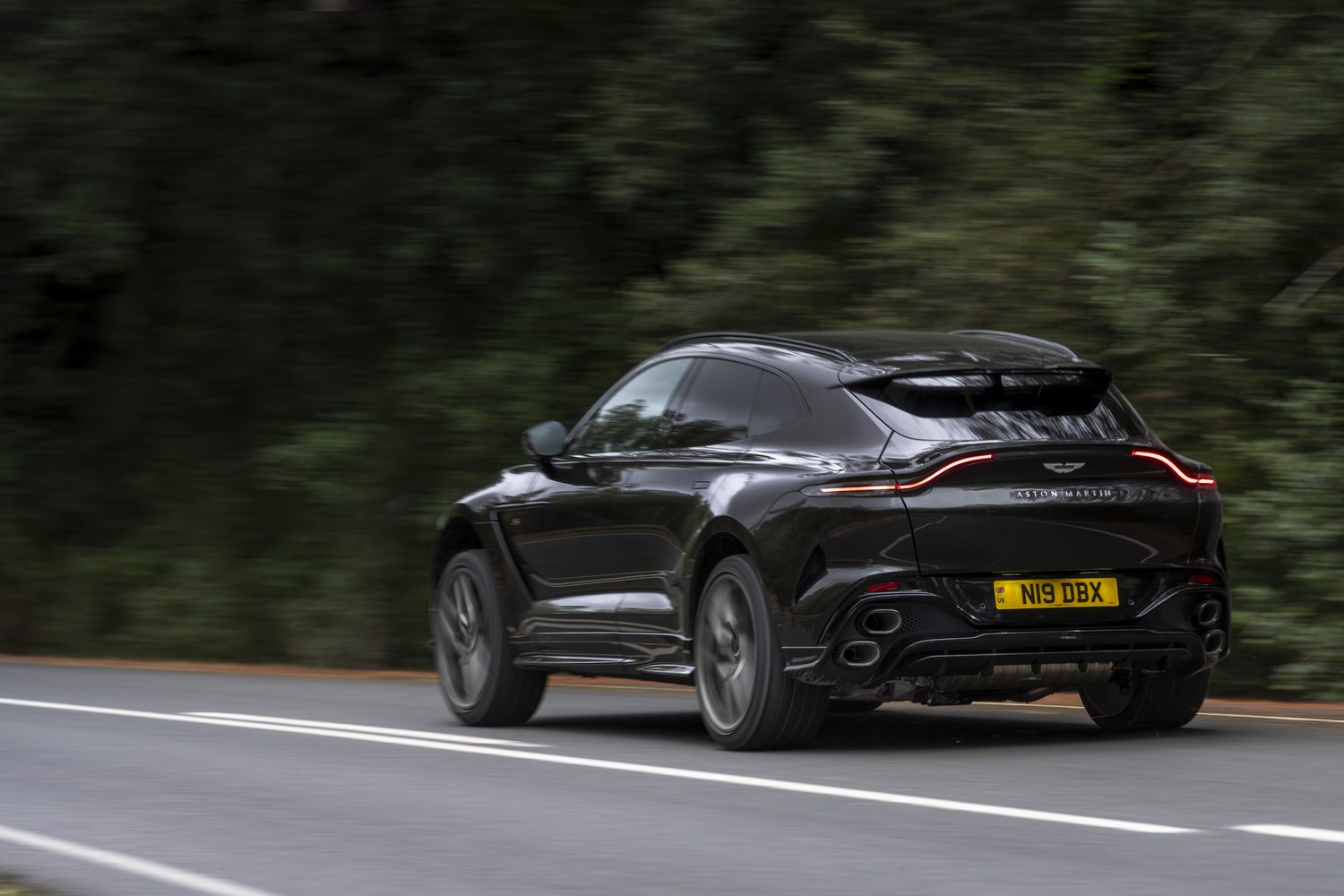
Do that and you’ll find yourself changing up and down through the gearbox more than is strictly necessary, just to hear the engine at work. As before, there’s a twin-turbocharged 4.0-litre V8 under the bonnet. It’s sourced from Mercedes-AMG, but with plenty of in-house Aston Martin redevelopment.
For the S, peak power has been increased to 727hp (up 20hp), though maximum torque is unchanged at 900Nm. That’s not a typo, and it explains how this big SUV can hit 100km/h from rest in just 3.3 seconds. It feels endlessly powerful from seemingly any speed, no matter which gear it’s in. Incidentally, there’s more to the engine upgrades than initially meets the eye, as the turbochargers are new, and shared with Aston Martin’s Valhalla supercar.
Aston also redesigned the exhaust system to allow you hear more of the V8 sound more of the time, and it really does make a glorious set of noises, from a background rumble when you’re cruising around to a full-blooded V8 roar at higher speeds.
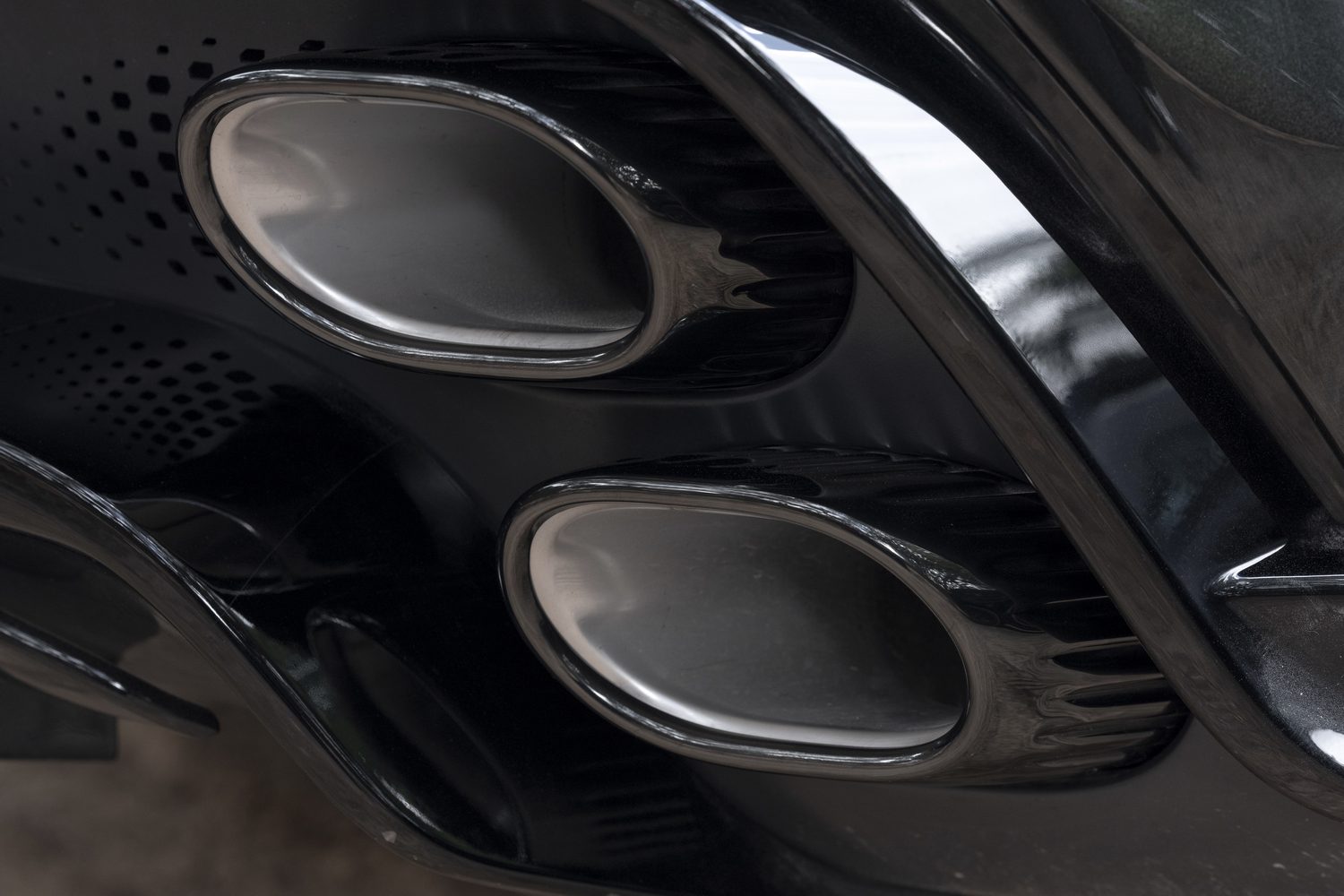
And the chassis is more than capable of exploiting the considerable performance on tap. It’s never whisper-quiet or cushioning-soft in any of its settings, but it’s perfectly civil on a long journey. Yet it truly comes alive when you explore the Sport driving modes on a challenging road.
Backing up the communicative steering is exceptional body control, as you’d expect from a sophisticated anti-roll system, but the DBX’s feels far more natural than most cars with a similar feature. You wouldn’t guess it is actively controlling the body lean – it just feels stable, planted and controlled at all times, but not at the expense of driver interaction. This lets you get on with the enjoyment of driving it. Which is considerable.
Irish pricing & rivals of the 2025 Aston Martin DBX S
• Approx. €450,000 imported
• DBX707 still offered
• Aston targeting Lamborghini Urus
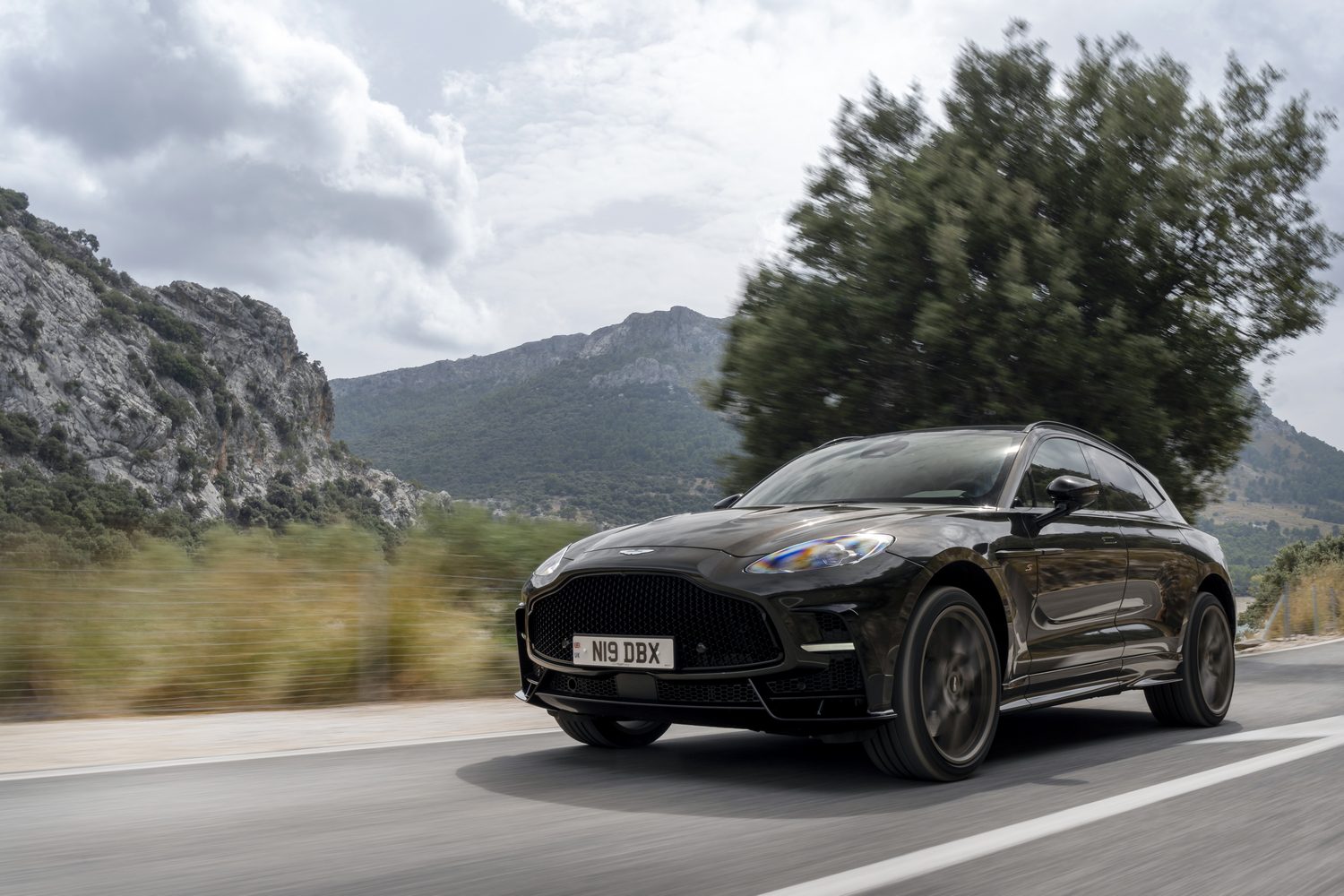
With no Aston Martin dealership south of the border, you’ll need to get in touch with Charles Hurst in Belfast if you fancy a DBX S. We can’t see it costing any less than €450,000 imported, which buyers in this space won’t be surprised by. For some reason, Aston Martin will continue to offer the DBX707 for sale, but we doubt many will go for it when the S isn’t drastically more expensive.
Vaguely competing with the DBX from other prestige brands are the Bentley Bentayga and Lamborghini Urus SUVs, while the Ferrari Purosangue is considerably more expensive. At the other end of the price scale are serious high-performance SUVs such as the Range Rover Sport SV and Porsche Cayenne.
All of these come with high running costs, from motor tax to fuel to tyres to insurance. For the record, the DBX S gets Aston’s standard three-year warranty, with unlimited mileage, and there are options to extend the warranty.
Verdict – should you buy the 2025 Aston Martin DBX S?
If you’re in the market for a prestigious SUV, but really like to drive, it’s hard to beat the Aston Martin DBX in any flavour. The S model comes with a little more driver focus, but without diluting the core recipe and so really, we don’t see the point of keeping the DBX707 on the books at all. Existing owners of the DBX will see good reason to upgrade to the S, while its introduction serves to remind customers of other brands what they’re missing out on.
FAQs about the 2025 Aston Martin DBX S
Does the S replace the Aston DBX707?
Officially, no, though as mentioned above, we suspect it will effectively do so. When Aston Martin introduced the DBX707 alongside the ‘standard’ DBX a couple of years ago, almost every customer went for it. We suspect the same will happen with the S.
Can the Aston Martin DBX go off road?
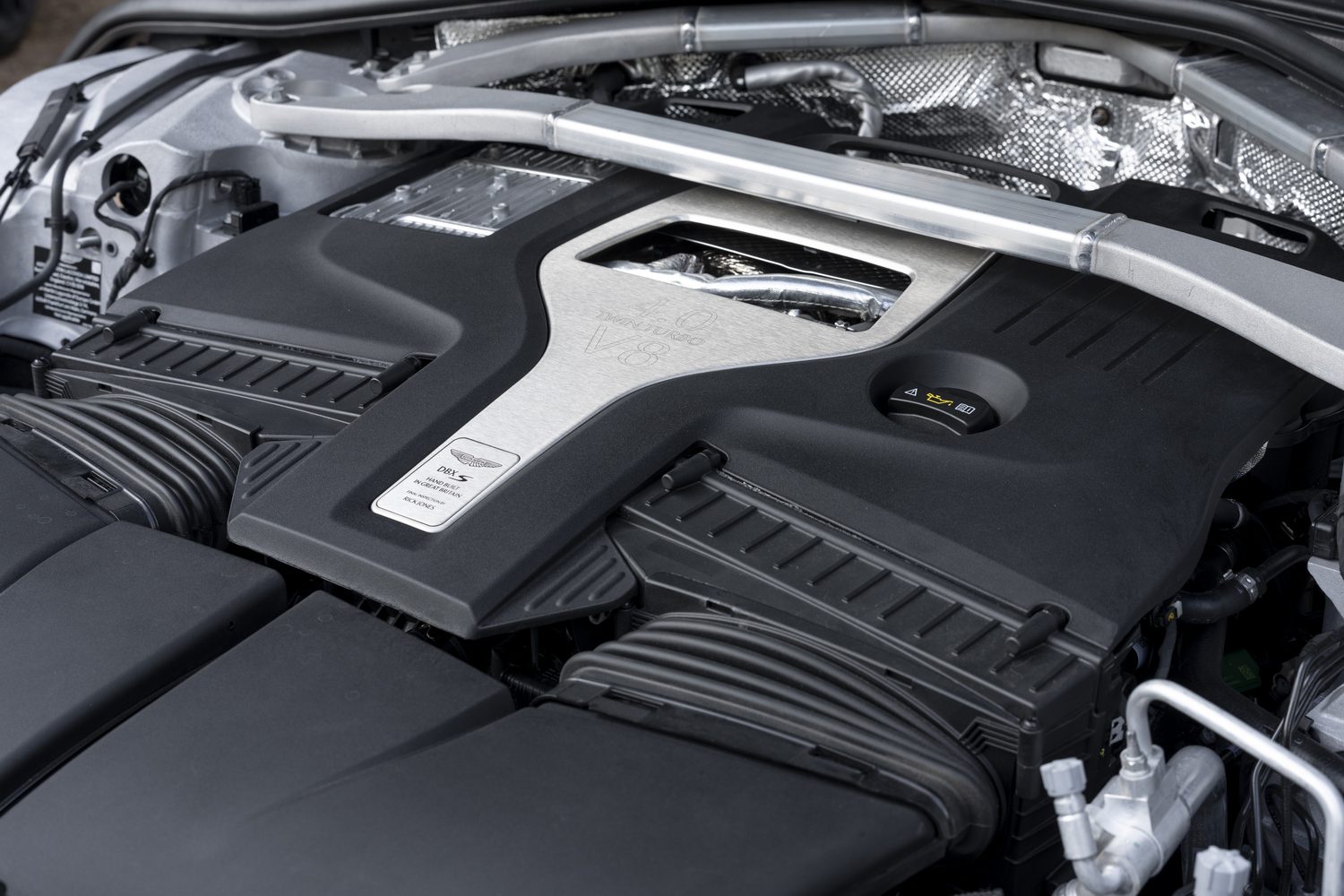
In theory, yes. There’s a sophisticated all-wheel-drive system that can apportion up to 50 per cent of the engine output to the front wheels, or up to 100 per cent to the back axle. And there’s an electronically controlled limited-slip differential at the rear as well, which may have been developed with road driving in mind, but which will also aid traction off road.
The driver can select the ‘Terrain’ setting if needs be and Aston Martin even quotes all the expected off-road stats, including an approach angle of up to 25.7 degrees, a breakover angle of up to 18.8 degrees, a departure angle of up to 22.9 degrees, ground clearance of up to 235mm and a wading depth of 500mm.
Is the Aston Martin DBX a practical SUV?
It’ll certainly be practical enough for most buyers, with decent space in the outer two back seats for adults, a boot that holds nearly 700 litres (to the roof) with the rear seats in use and even ISOFIX child-seat mounting points. The roof rails are standard as well.
Want to know more about the Aston Martin DBX S?
Is there anything else you’d like to know about the Aston Martin DBX S? Or anything you feel we haven’t covered here? Then just head over to our Ask Us Anything section and, well, ask us anything. We’ll do our best to answer your questions.
